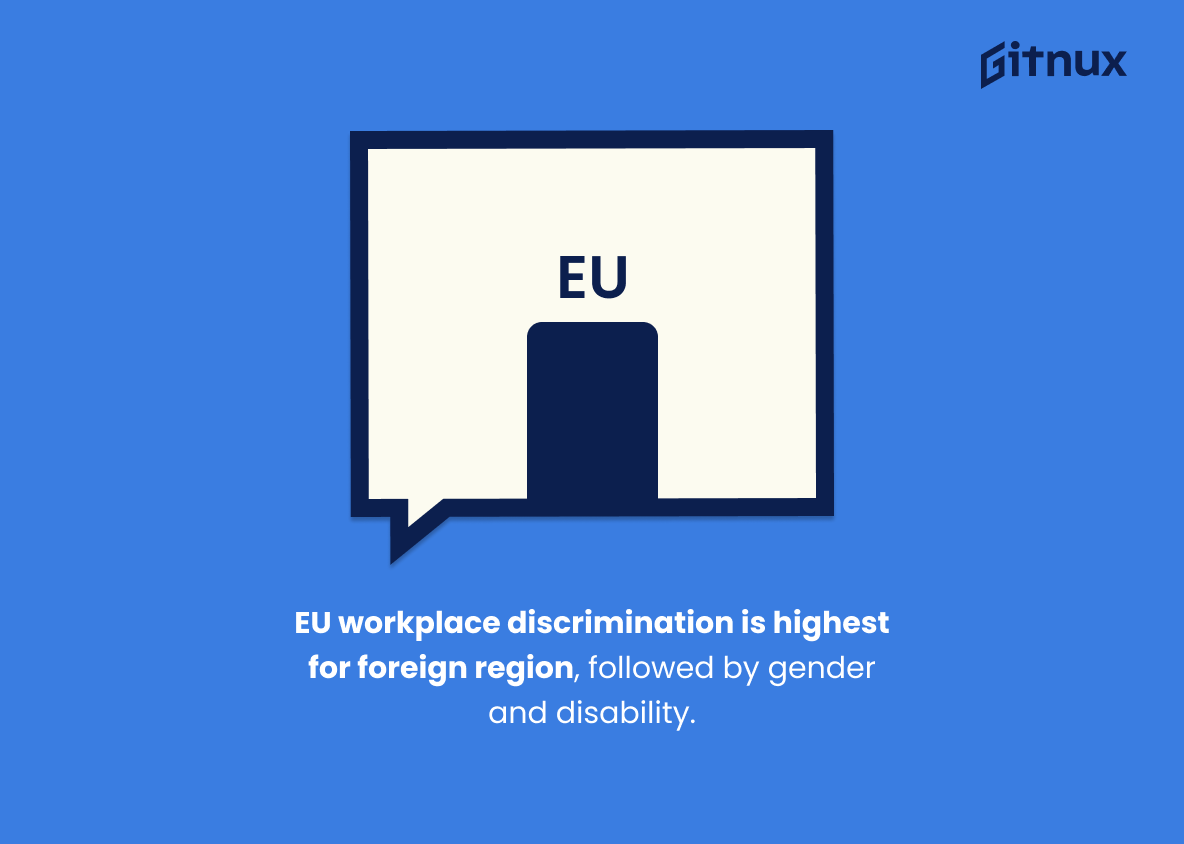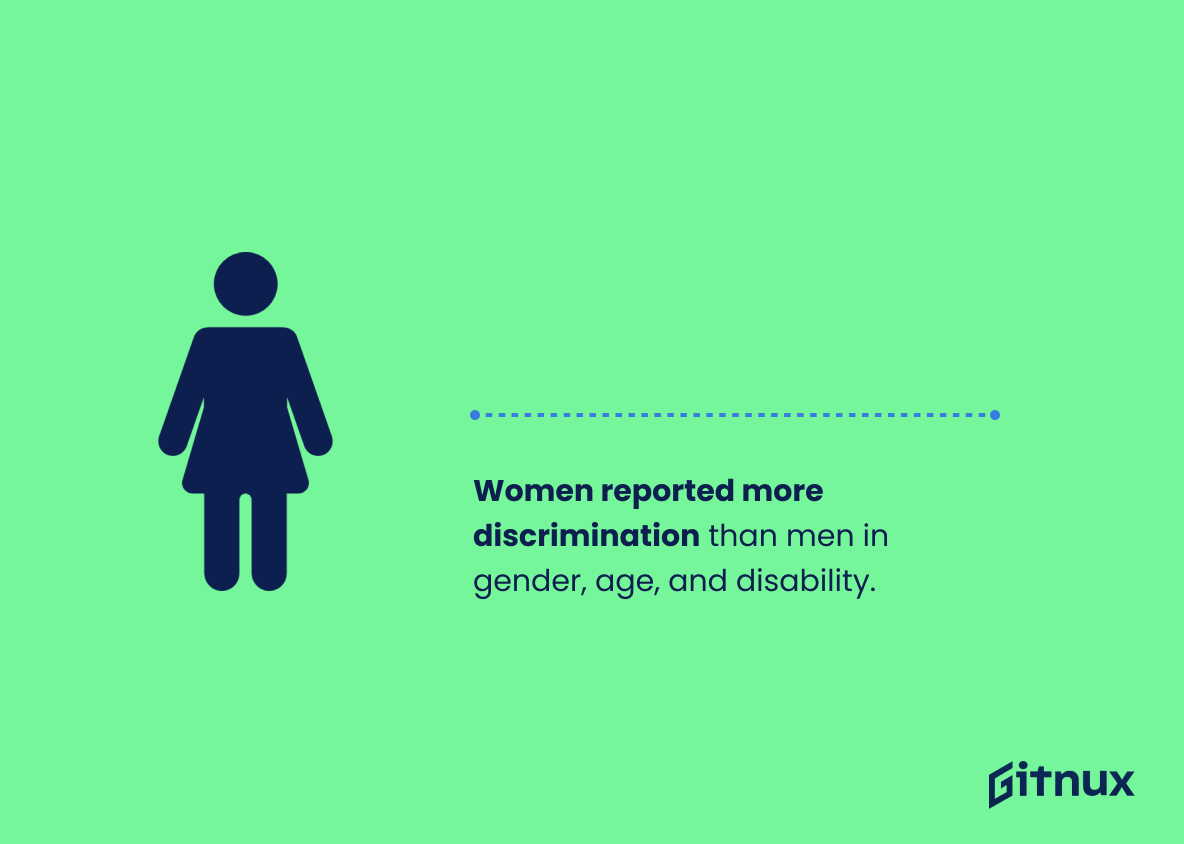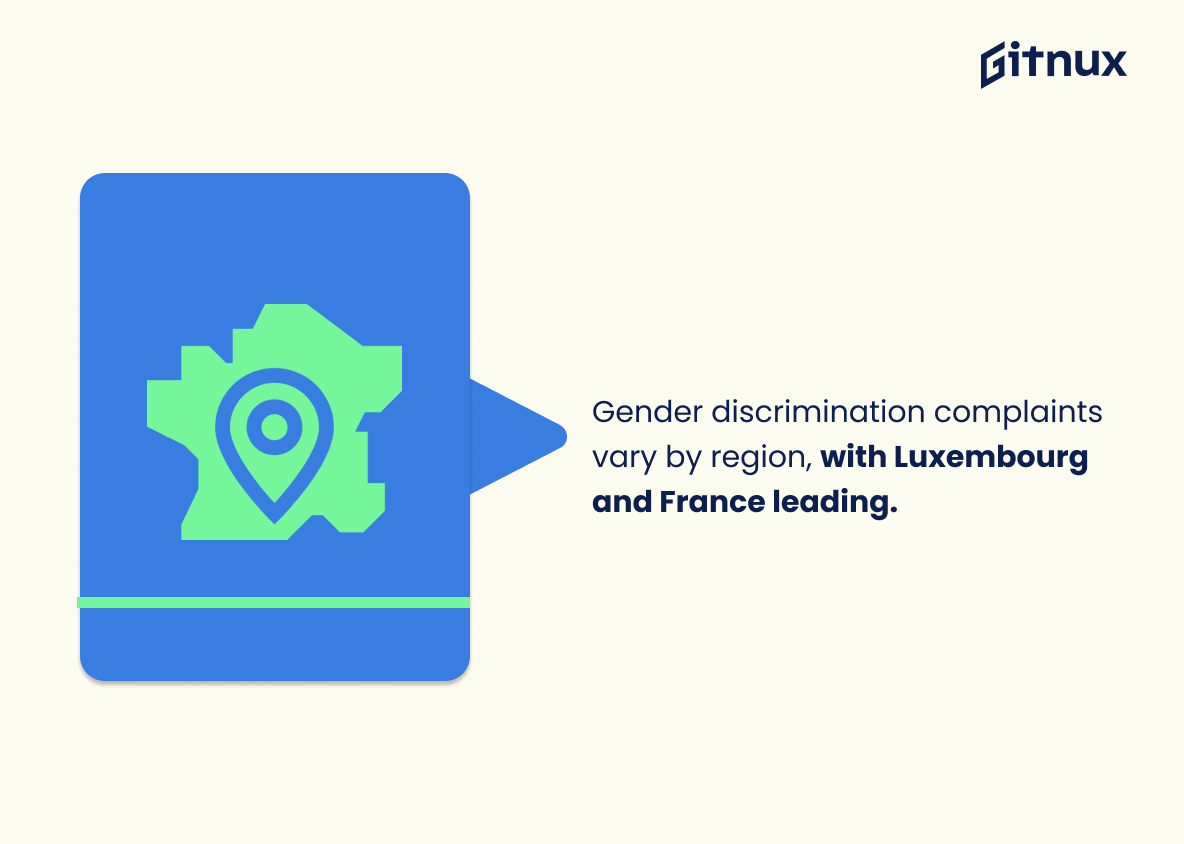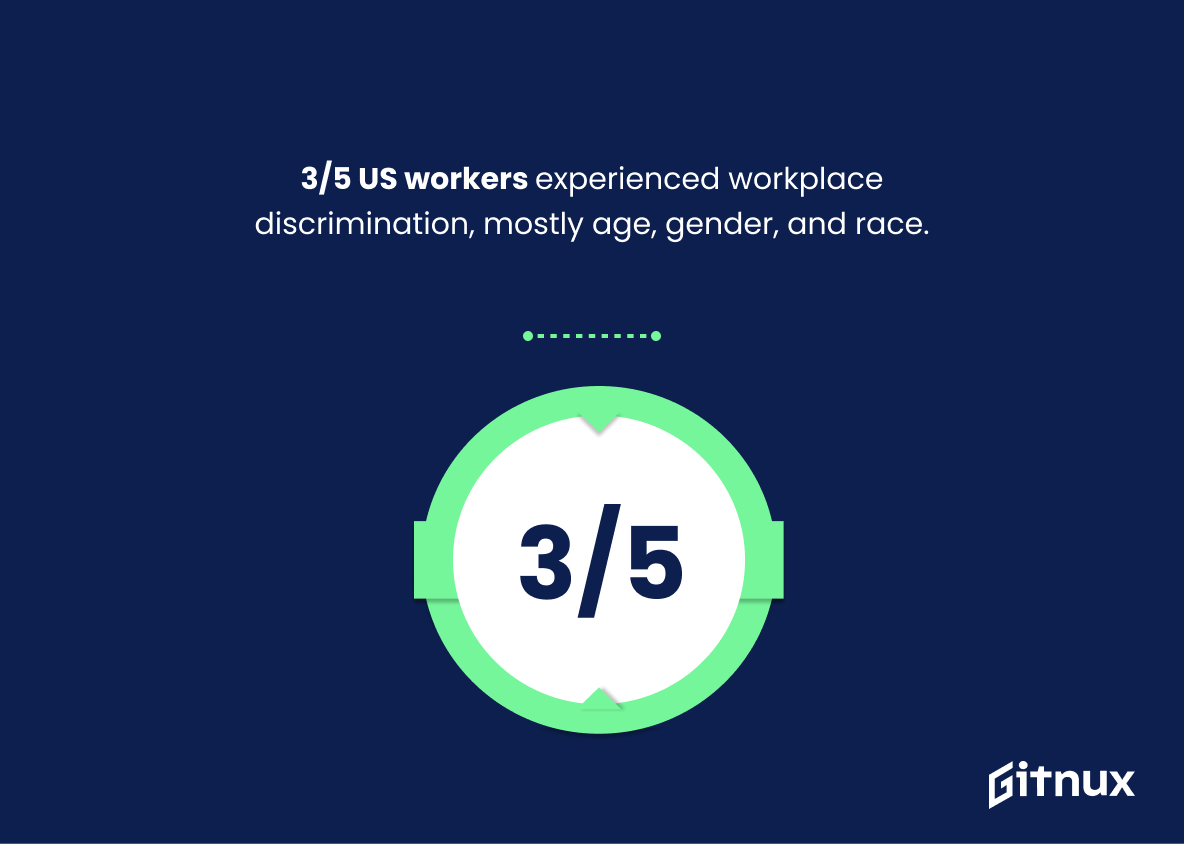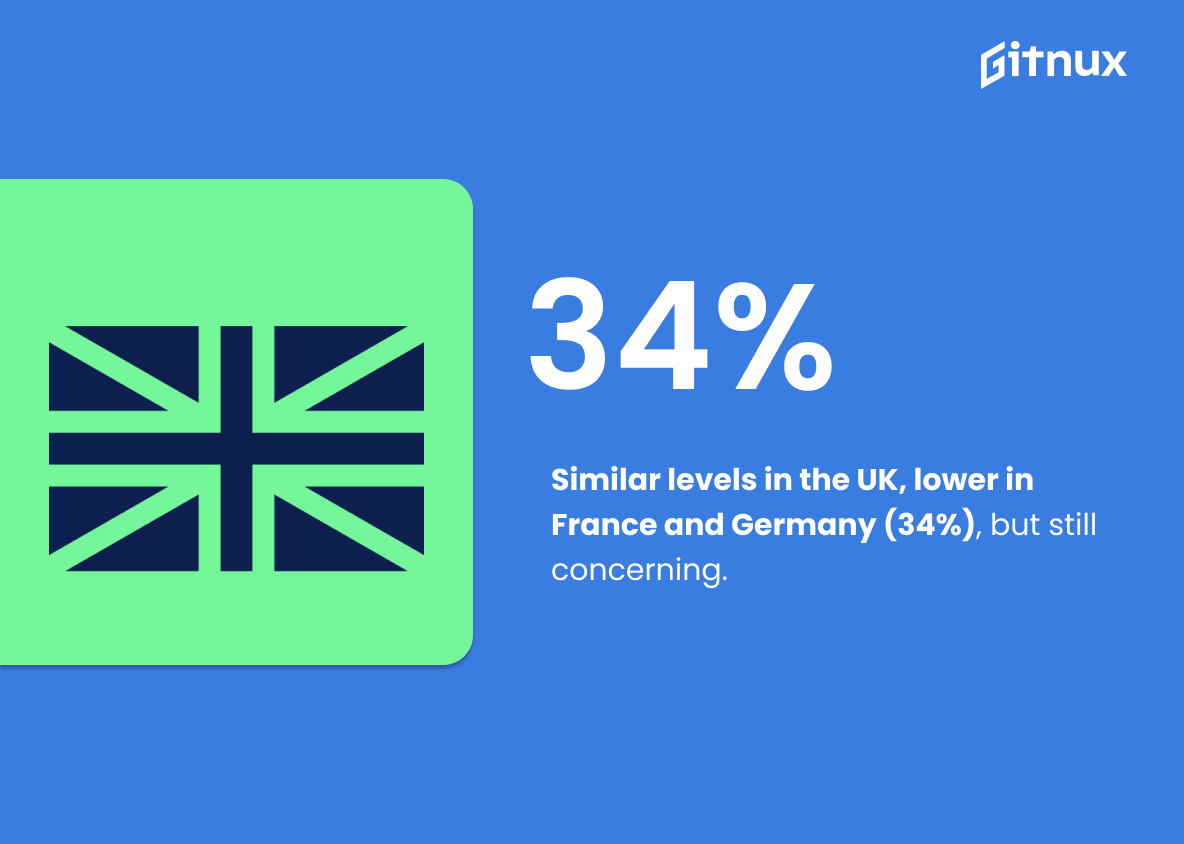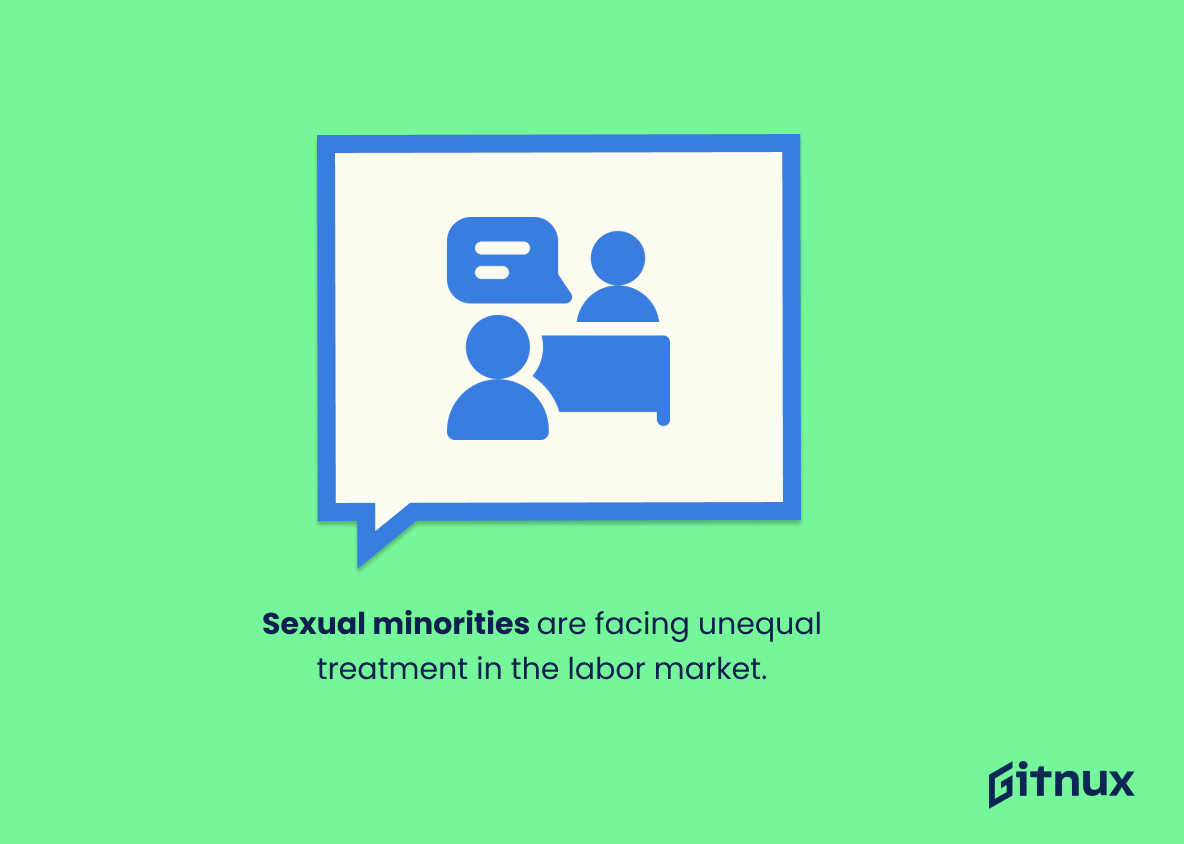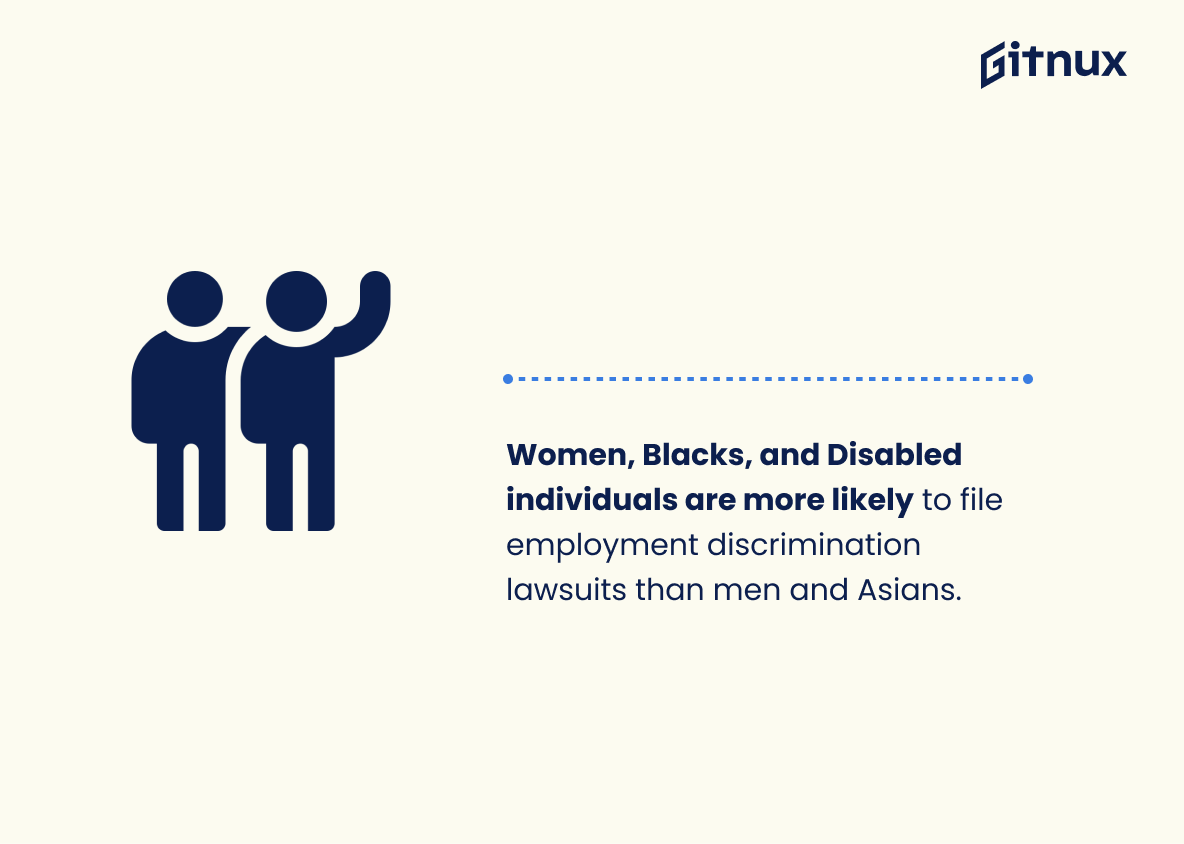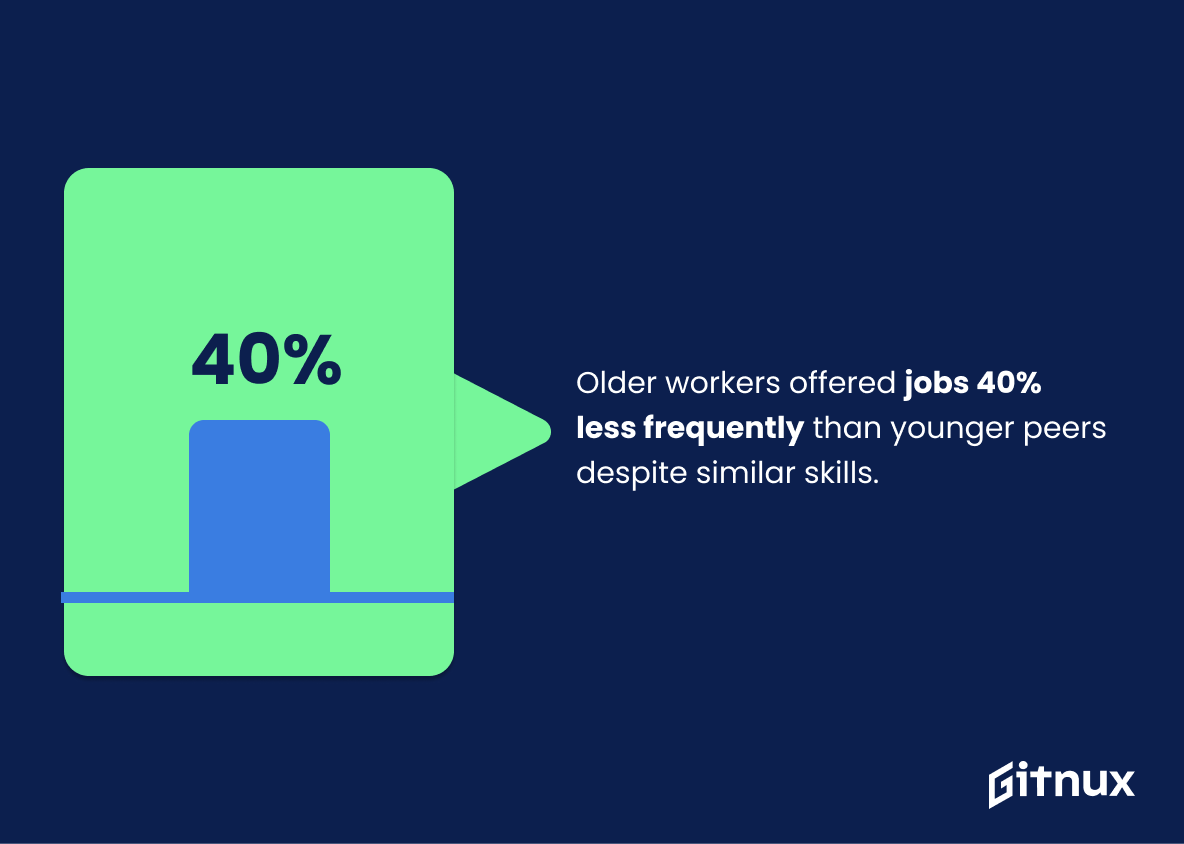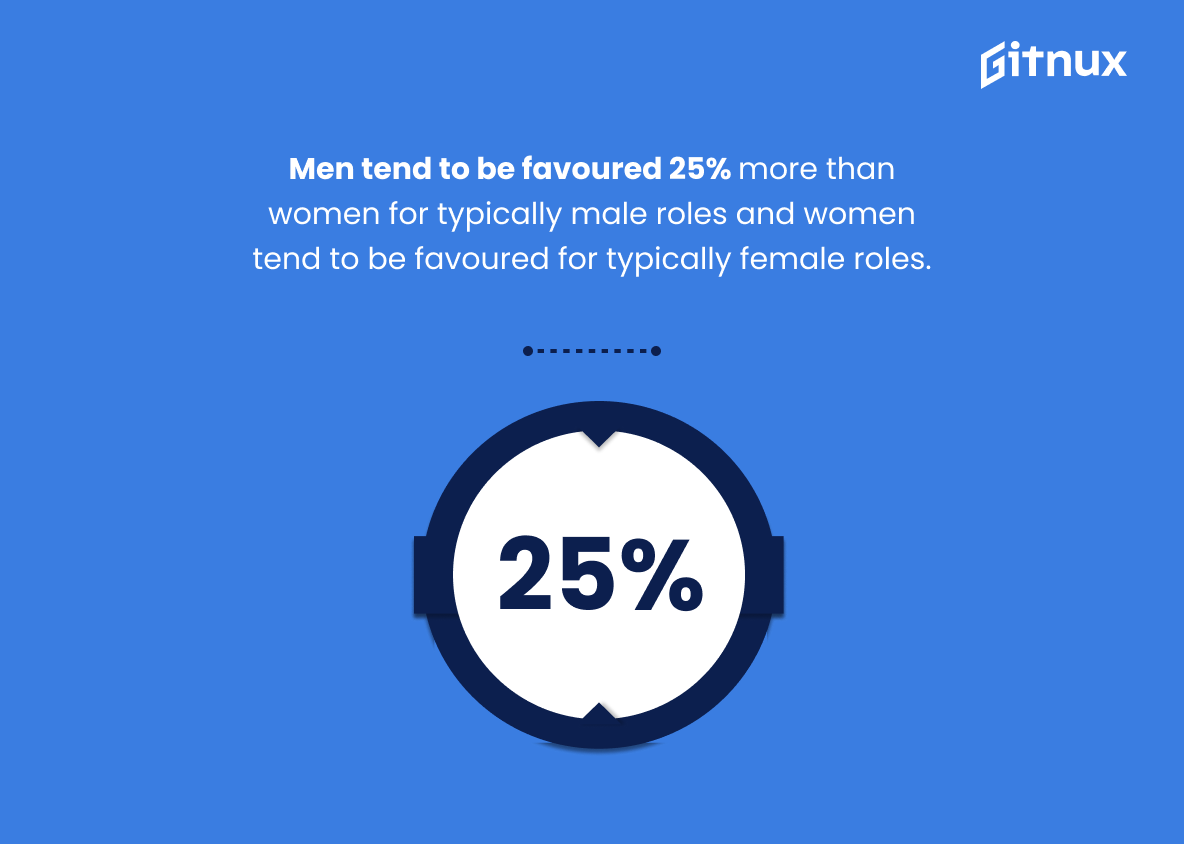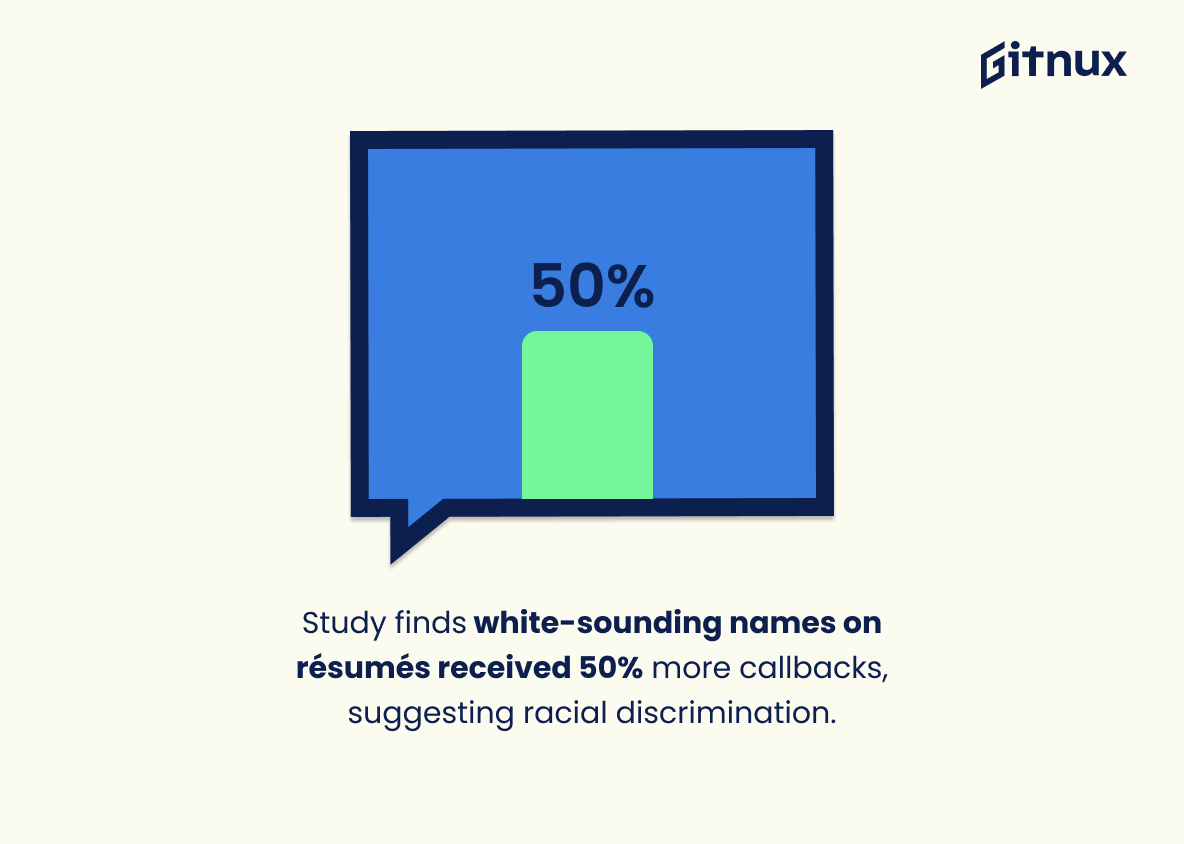The hearing aid industry is an ever-growing and evolving field, and it’s important to stay up to date on the latest industry statistics. In this blog post, we’ll take a look at the latest hearing aid industry statistics, including the number of people using hearing aids, the types of hearing aids available, and the cost of hearing aids.
We’ll also discuss the trends in the hearing aid industry and how they may affect the future of hearing aid technology. Finally, we’ll look at the impact of hearing loss on people’s lives and how hearing aids can help. By the end of this post, you’ll have a better understanding of the hearing aid industry and how it’s changing.
Hearing Aid Industry: The Most Important Statistics
7.1% of persons aged 45 and older used hearing aids in 2019, with men being more likely than women to do so.
In 2020, 6.5% of men and 5.1% of women in the UK used hearing aids, with men being more likely to use them in most nations; the majority of users wear their hearing aids.
Hearing Aid Industry Statistics Overview
Hearing loss is becoming increasingly prevelant due to age and unsafe listening habits, with 2.5 billion individuals expected to have some degree of hearing loss by 2050, and almost 1 billion young individuals at risk of developing permanent, preventable hearing loss.
This shows that there is a large potential market for hearing aid products and services, and that there is a need for more awareness and education about safe listening habits to prevent hearing loss.
13.0% of persons over the age of 18 reported having some hearing problems, while 1.6% reported having severe hearing problems or being completely deaf despite wearing hearing aids.
4.1% of people 65 and older had severe hearing loss and 26.8% had some trouble hearing.
7.1% of persons aged 45 and older used hearing aids in 2019, with men being more likely than women to do so.
Thus, there is a significant need for hearing aids, particularly among men and older people, which could lead to an increase in demand for hearing aids.
In 2015, 15.4 million hearing aid devices were in use in the United States, with 8.5 million users and an estimated market value of $6.0 billion.
It also shows that 87% of the devices were replacements, indicating that the industry is likely to remain profitable in the future.
In 2020, 6.5% of men and 5.1% of women in the UK used hearing aids, with men being more likely to use them in most nations; the majority of users wear their hearing aids.
20-30% of hearing aid users do not wear their hearing aids at all, with estimates of hearing aid non-use ranging from 1-57%.
Thus, a significant portion of hearing aid users are not using their hearing aids, which could have a significant impact on the industry.
Less than 16% of the 28.8 million people with hearing loss between the ages of 20 and 69 wear hearing aids, and less than 30% of those over 70 wear them.
This could be due to a lack of awareness of the benefits of hearing aids, or a lack of access to them. It is therefore important for the Hearing Aid Industry to understand this statistic in order to better target their marketing and outreach efforts.
The volume of hearing aids imported into South Korea has increased significantly over the past 10 years, with over 40.9 million dollars worth of hearing aids imported in 2021.
It shows that the demand for hearing aids is increasing, which could indicate that more people are becoming aware of the benefits of hearing aids and are seeking treatment for hearing loss.
Poland was the largest hearing aid importer in Central and Eastern Europe in 2021, importing 257 million dollars worth of hearing aid products.
In 2021, hearing aid sales in Japan’s consumer electronics sector increased by 7.75%, reaching 19.46 billion yen, despite a decrease in 2020. Despite the decrease in 2020, the hearing aid industry in Japan has been steadily increasing over the past few years.
The global hearing aids market was estimated to be worth 6.97 billion dollars in 2017 and is expected to reach 9.8 billion dollars by 2022.
This is an important indicator of the potential opportunities and challenges that businesses in the hearing aids industry may face in the future.
In 2021, the global hearing aid market is valued at approximately 9.15 billion USD.
This is a powerful indicator of the importance of hearing aid technology and the impact it has had on the lives of those with hearing impairments. This statistic is a valuable insight into the current state of the hearing aid industry and provides a useful benchmark for future growth.
The global hearing aid market is expected to witness a Compound Annual Growth Rate (CAGR) of 6.7% from 2019 to 2026.
The market is expected to experience a steady growth over the next few years, indicating that the industry is likely to remain a viable and profitable sector. This is great news for those involved in the Hearing Aid Industry, as it suggests that there will be plenty of opportunities for growth and expansion in the years to come.
The global market share for hearing aid devices held a value of 57.0% in the year 2018.
The hearing aid industry is thriving and that more and more people are turning to these devices to help them with their hearing loss. This statistic is an important indicator of the success of the hearing aid industry and provides valuable insight into the current state of the industry.
By 2024, the U.S. hearing aid market is projected to be worth 5.48 billion USD.
The industry is growing and is expected to reach a value of 5.48 billion USD by 2024. This is a significant milestone for the industry and provides a glimpse into the future of the hearing aid market. It is an important statistic to consider when discussing the Hearing Aid Industry Statistics.
On average, only one in four people who require hearing aids actually use them.
This highlights the fact that many people who could benefit from hearing aids are not taking advantage of them, likely due to a lack of knowledge or resources. This statistic is an important reminder of the importance of providing education and resources to those who need hearing aids, so that they can take advantage of the technology and improve their quality of life.
In 2017, Europe represented the largest share of the hearing aid market, holding 40%.
The region is a major contributor to the industry, and that it is a key market for hearing aid manufacturers. This is important to note, as it can help inform decisions about where to focus marketing efforts and where to invest in research and development.
The market for digital hearing aids is projected to experience a CAGR of 7.2% from 2019 to 2025.
The market for digital hearing aids is expected to expand significantly over the next few years. This is an important piece of information for anyone interested in the hearing aid industry, as it provides insight into the potential for future success. It also serves as a reminder that the hearing aid industry is a dynamic and ever-evolving field, and that those involved should stay up to date on the latest trends and developments.
Approximately 16% of the global adult population have some degree of hearing loss.
This highlights the need for the hearing aid industry to continue to develop and provide solutions to those affected by hearing loss. It also serves as a call to action for those in the industry to continue to strive for better hearing aid technology and improved access to hearing aids.
80% of people with disabling hearing loss live in low- and middle-income countries.
This highlights the need for greater investment in hearing aid technology and services in low- and middle-income countries, so that those with disabling hearing loss can benefit from the same level of care and support as those in higher-income countries.
In 2018, it was estimated that there were 466 million people worldwide with disabling hearing loss.
This statistic is a stark reminder of the prevalence of disabling hearing loss, and serves as a powerful reminder of the importance of the hearing aid industry. It highlights the sheer number of people who could benefit from the products and services offered by the industry, and the potential for growth and development in the sector.
The four leading global hearing aid manufacturers are Sonova, William Demant, GN Store Nord, and Starkey (successful with a combined market share of around 80%).
Together, they have a combined market share of around 80%, indicating that they are the major players in the hearing aid industry. This statistic is a clear indication of the strength of the hearing aid industry and the importance of these four companies in the market.
By 2030, it is projected that nearly 630 million people will have hearing loss in need of rehabilitation.
This statistic is a stark reminder of the sheer magnitude of the hearing loss epidemic that is projected to affect the world by 2030. It serves as a call to action for the hearing aid industry to step up and provide the necessary resources and support to those in need of rehabilitation.
It’s estimated that hearing aid sales in developing countries make up only 3% of global sales.
This highlights the need for greater investment in hearing aid technology in developing countries, so that those with hearing impairments can benefit from the same level of care as those in more affluent nations.
North America held the largest revenue share of the hearing aid market in 2020, at 45.6%.
The hearing aid industry is a major contributor to the economy of North America, and this statistic serves as a reminder of the impact it has on the region. Furthermore, this statistic can be used to inform decisions about the future of the hearing aid industry in North America, and to help guide strategies for growth and development.
The hearing aid industry is expected to cross 14 billion USD by 2026.
The industry is growing at a rapid pace and is expected to reach a staggering 14 billion USD by 2026. This is a clear indication that the hearing aid industry is a lucrative and profitable sector, and one that is worth investing in. This statistic is a great way to demonstrate the potential of the hearing aid industry and its future prospects.
The global hearing aid battery market is anticipated to grow at a CAGR of 6.7% from 2019 to 2024.
The market is expected to expand at a steady rate over the next five years, indicating that the industry is likely to remain a viable and profitable sector. This is great news for those involved in the Hearing Aid Industry, as it suggests that the sector is likely to remain a viable and profitable one in the years to come.
Over 100,000 hearing aids were sold in China in 2017, representing approximately 4% of the worldwide market.
The hearing aid industry is expanding in the region. It also shows that China is becoming an increasingly important player in the global hearing aid market, with its share of the market increasing from just 1% in 2012 to 4% in 2017. This is a significant development that should not be overlooked when discussing the hearing aid industry.
Conclusion
In conclusion, the hearing aid industry is a rapidly growing market with a wide range of products and services. The industry is expected to continue to grow in the coming years, as more people become aware of the importance of hearing health and the benefits of hearing aids.
With the help of technology, the industry is becoming more accessible and affordable for those who need it. As the industry continues to evolve, it is essential to stay up to date on the latest industry statistics and trends.
References
1 – https://www.who.int/news-room/fact-sheets/detail/deafness-and-hearing-loss
2 – https://www.cdc.gov/nchs/products/databriefs/db414.htm
3 – https://journals.lww.com/onojournal/fulltext/2021/09000/current_estimate_of_hearing_aid_utilization_in_the.1.aspx
4 – https://www.statista.com/statistics/1308241/hearing-aid-wearers-in-the-uk-by-gender/
5 – https://www.manchester.ac.uk/discover/news/20-of-people-with-hearing-aids-do-not-use-them/
6 – https://www.accessibility.com/blog/why-dont-more-people-with-hearing-loss-wearing-hearing-aids
7 – https://www.statista.com/statistics/1298671/south-korea-hearing-aids-import-value/
8 – https://www.statista.com/statistics/1192208/cee-hearing-aids-import-value/
9 – https://www.statista.com/statistics/976643/japan-hearing-aid-sales-value/
10 – https://www.statista.com/statistics/896158/hearing-aids-market-size-forecast-worldwide/
11 – https://www.globenewswire.com
12 – https://www.statista.com
13 – https://www.hear-it.org
14 – https://www.fortunebusinessinsights.com
15 – https://www.prnewswire.com
16 – https://www.who.int
17 – https://www.audiology-worldnews.com
18 – https://www.hearingreview.com
19 – https://www.grandviewresearch.com
20 – https://www.marketwatch.com

